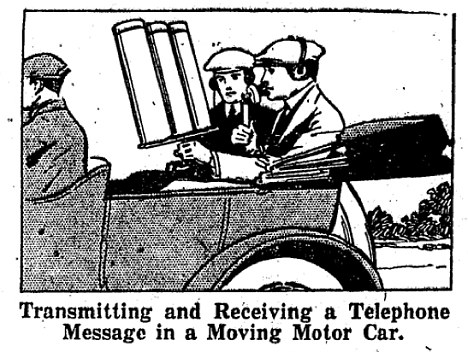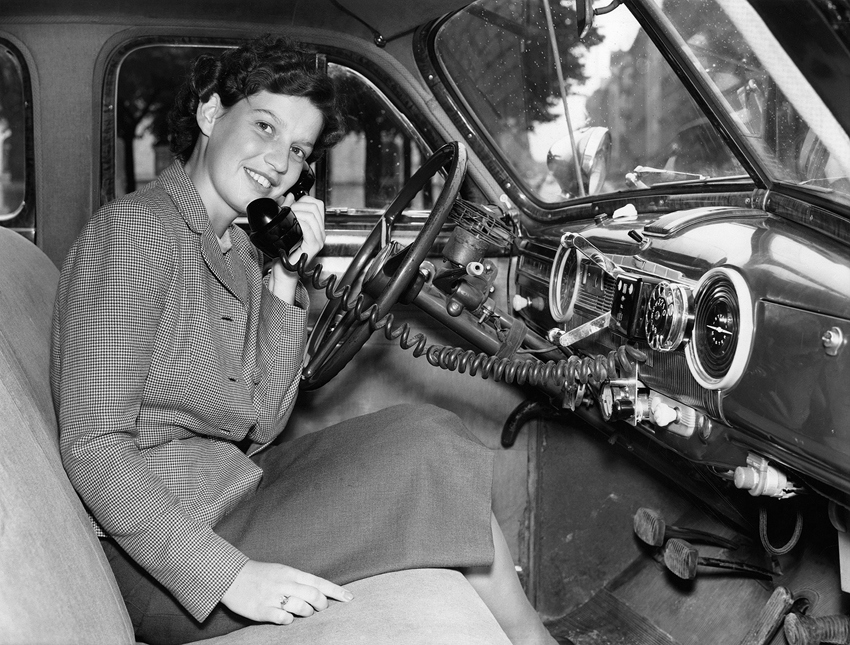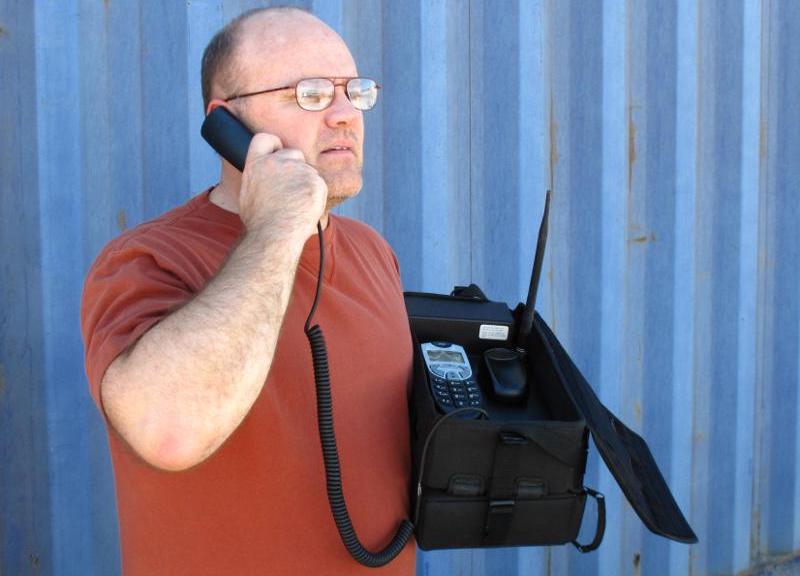The concept of a mobile phone in every car may seem recent, but it goes back almost a hundred years.
Before the smartphone, humans had flip phones. Before those, we owned a variety of brick or candy bar-styled cellular devices of varying quality and size. Reaching back further than that, what folks today call “phones,” were once “car phones.”
In fact, for years after cellular technology untethered from automobiles, the slow adopters still called cell phones “car phones.” Some do yet.
The very good reason for this was that humanity had decades of experience with car phones. It took some of us a minute to catch up to all that untethered technology.
The 1940s brought the first cellular technology into the cockpit, but inventors had been chasing the dream since the 1920s.
W. W. Mcfarlane
In the March 1920 issue of the Sandusky Register, a man by the name of W. W. Macfarlane mobilized the best radio technology of the day.
The production car was yet a nascent technology itself, and already someone wanted to complicate the task.
Macfarlane, a Philadelphia man, sat in the back seat of a chauffeured car, while carrying on a conversation with someone 500 yards away.
What Macfarlane had was closer to walkie talkie technology, which connects via towers and antennae. In the case of Macfarlane’s device, he’d custom built a box with the radio parts.
Then, he held up a transceiver made of three stovepipe-sized receivers.
Of the device and its relevance, Macfarlane said this in an interview with The Electrical Experimenter:
“If this could have been ready for us in the war, think of the value it would have had. A whole regiment equipped with the telephone receivers, with only their rifles as aerials, could advance a mile and each would be instantly in touch with the commanding officer.”
Bell Systems
The first installed car phone was on June 17, 1946, in St. Louis, Missouri. The company behind the nascent tech was Bell Systems, related to the larger Bell Monopoly which ruled the communications roost until deregulation in 1982.
The first one weighed 80 pounds. It worked on one of three channels in the metro area only. In other words, it was super limited.
This became the starting point by which Bell Systems expanded their network, the Mobile Telephone Service. It would remain the only option until the ’80s when the first private analog cell towers went up.
The only cars to have those first car phones were limousines and the cars of the uber wealthy.
The 1970s and ‘80s saw an increase in the number of car phone owners, especially once the analog cellular service kicked in. Business people had to have them too.
Untethering
What veterans of war knew, but the public didn’t, was that cellular technology could go wireless. In Vietnam, soldiers carried backpacks with receivers on them.
Once engineers figured out how to shrink down the boards and batteries enough, more portable devices emerged.
The most famous one was the Motorola DynaTAC 8000X, which retailed for $4000 in 1983. Motorola had been working on it for a decade when it came out. As before, only the rich could afford it.
By the early 90s, more affordable versions emerged. One was a shoulder bag version by Motorola, about the size of a lunchbox.
It charged in the car but could go portable. It came with a receiver, like a normal home phone, but wireless. It was a car phone that could leave the car.
By the mid-nineties, the writing was on the wall for the car phone. Motorola and Nikia both introduced large pocket-sixes versions of the technology. Overnight, the car phone died, and the cellular revolution landed in everyone’s pocket.
The debate about distracted drivers may finally go to bed when the cars start driving themselves full time. Meanwhile, despite litigation, the conscious among us will have to deal with distracted texters and talkers until such time.
It all started in 1920.
Sources: smithsonianmag.com, techwalla.com, computersciencedegreehub.com




